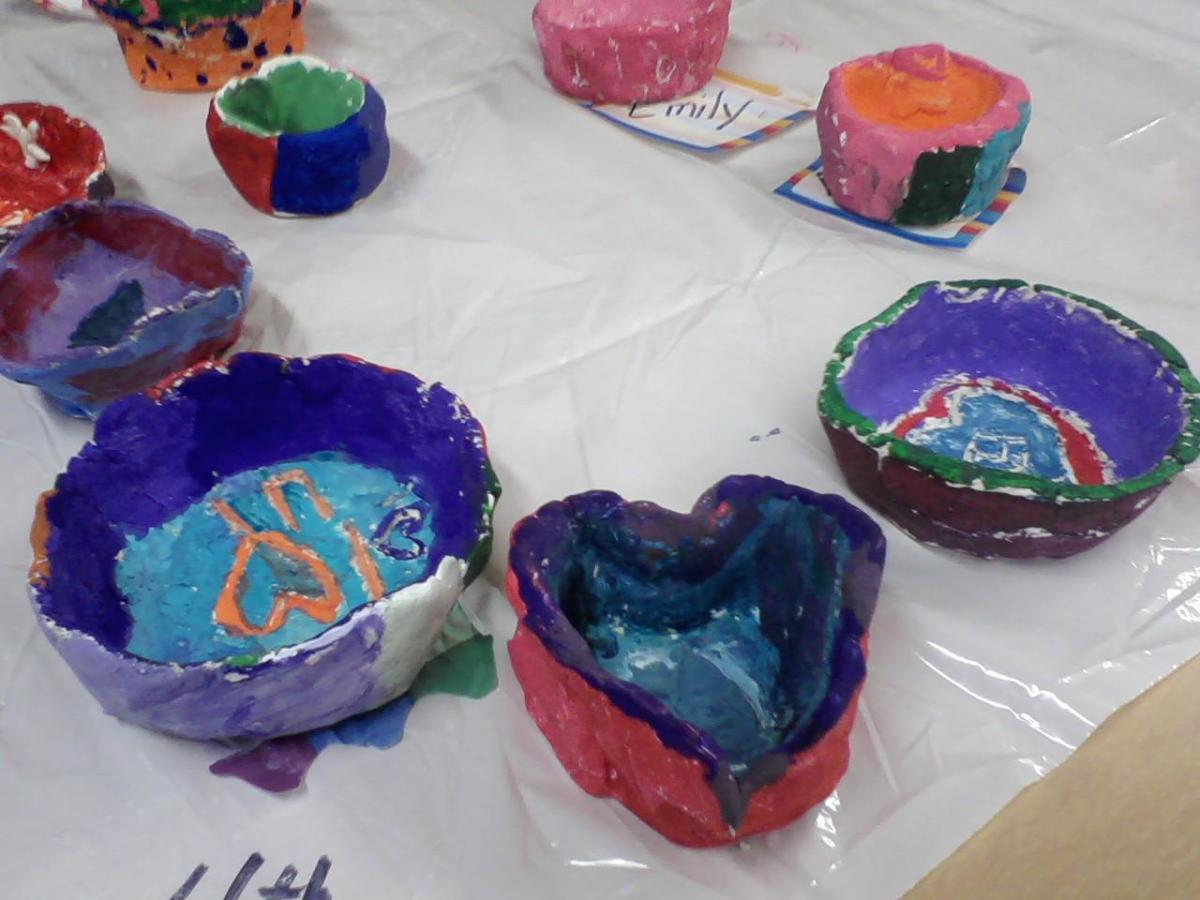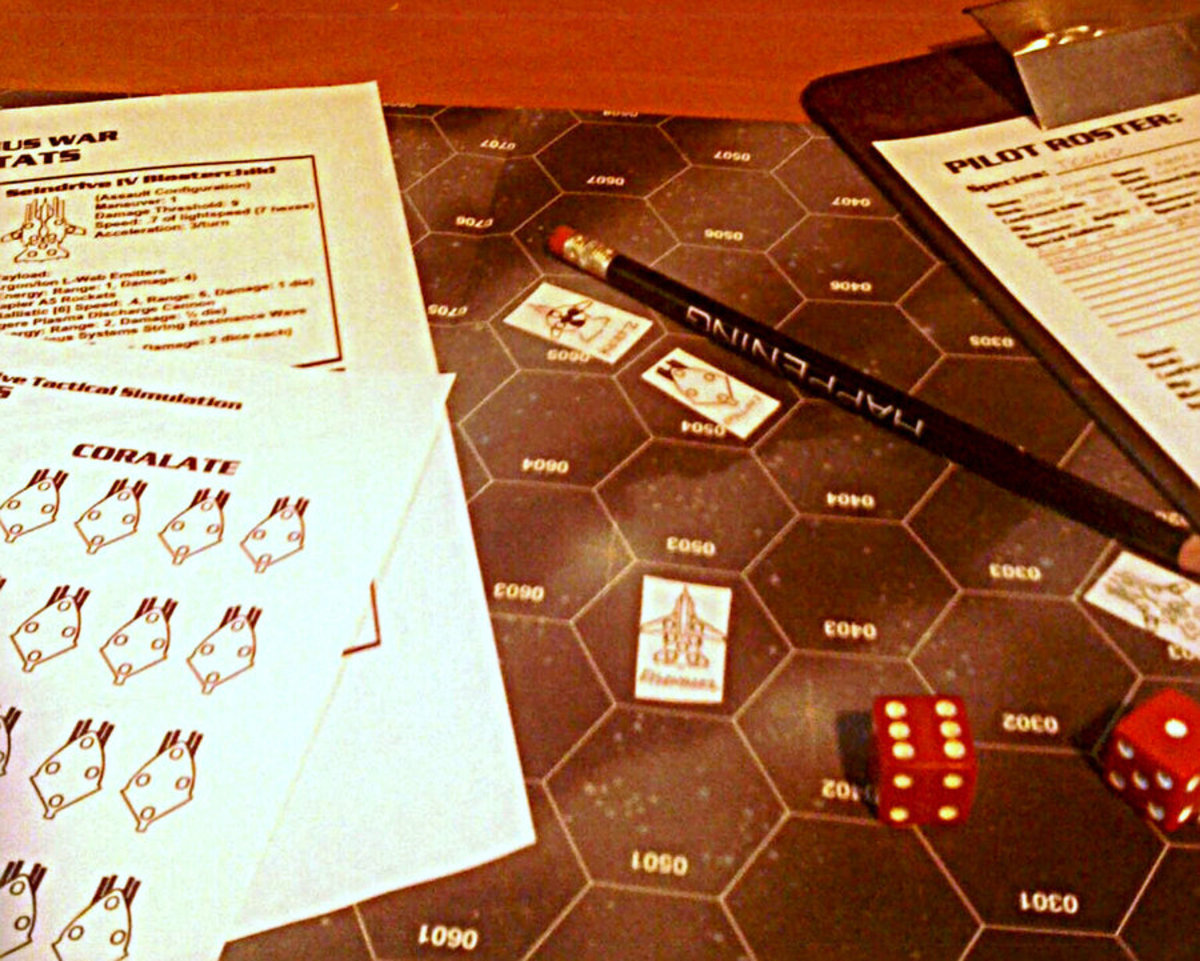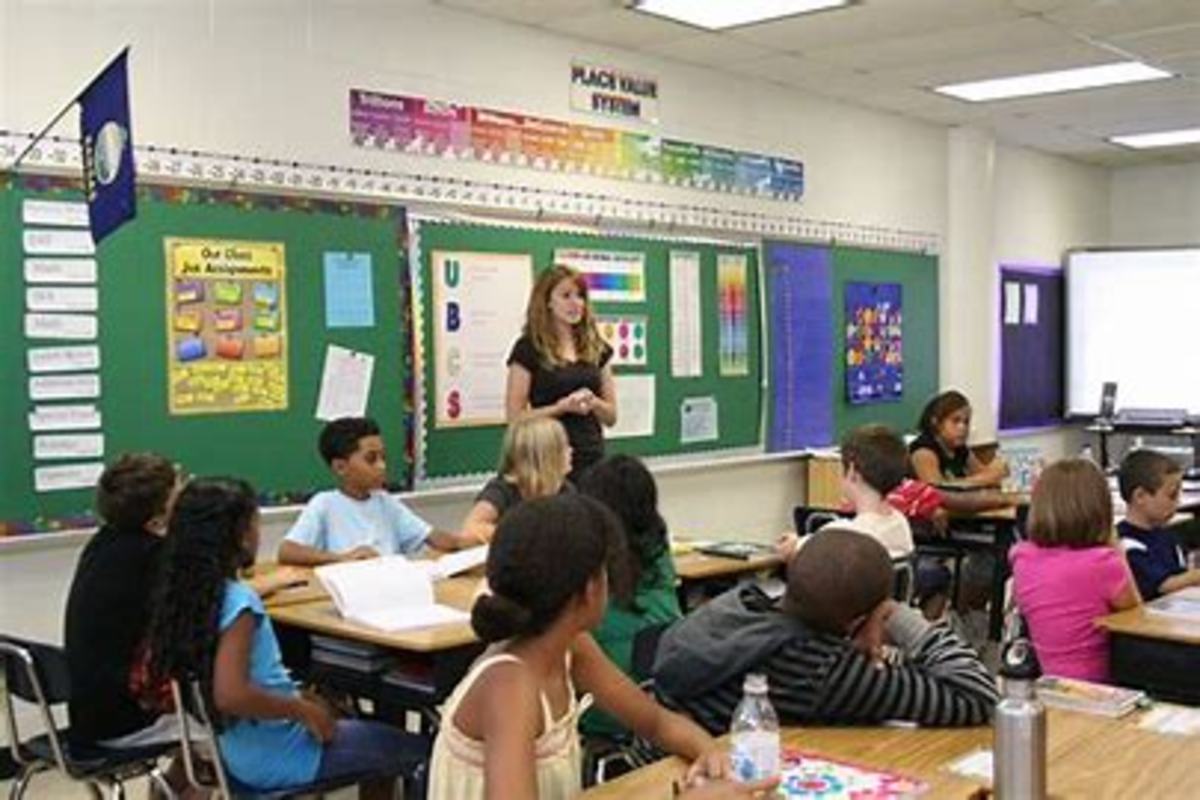Classroom Relationships: Laying the Foundation for a Teamwork Perspective with Elementary Students

Teamwork
The configuration of today’s work environment calls for people to work more collaboratively than ever before. Similar to how a sports team works together for the common good of the entire team and not just for any one individual. Sports teams typically practice working together on a daily basis that can span over the years. They get to know each other during seasons of individual health, sickness, sadness, happiness, rough times and joyful times. They become very aware of each other’s personality traits along with each person’s strengths and weaknesses. Increasingly, job situations are requiring people to work together more like a sports team; however, most people are not born with a collaborative nature; therefore, it is up to elementary teachers to help build these team-building characteristics and perspectives with their students.
In working with elementary students, it’s best to begin team-building skills in small, incremental steps. A very effective literacy strategy to begin with is Discovering Similarities (adapted from Brown, 2010).
Making Preparations
To prepare for teaching the literacy strategy, the teacher creates an example for modeling or showing to the elementary students so that they are very clear what the expectations will be for the outcome of the strategy. Appendix A is an example of the finished product of the strategy. The teacher predetermines the teams that students will be working in for this present strategy as well as for future, collaborative literacy projects, making sure each team has a diverse mix of students in regards to academic ability, language, race, and gender, so that students can draw from each other’s strengths, and for learning about shared commonalities among diverse groups of students. Teams of four students each work best.
Model and Teach
This strategy will only take about 30-45 minutes to teach, depending on the age level of students. Begin by explaining to the students that we all have differences, but we also have many things in common with each other and that finding out things that we share can help us discover ways in which we can work together for the betterment of everyone. Tell students that they’re going to do a sharing and writing activity that will help them gain understanding about each other. Have each student prepare a paper with his name on it, the title of the strategy, and two columns, one labeled Paired Similarities, and the other labeled Team Similarities.
Put students into the predetermined teams. Engage them into a brief discussion with their teammates by using The Ten Second Rule (see Weih, 2016) in which they talk with each other for about 10 seconds about what they think the word “similarities” mean. Walk around the teams listening in on their conversation. If it appears they understand what the term means, then move on, but if not, stop them and give them the definition.
Next, show them the model example of the end product of the strategy that you have either premade or use the example provided in Appendix A, and see if they have any questions. Tell students to divide into pairs within each team of four students and then give them about four-five minutes to discuss and write down the Paired Similarities on their papers. Walk around as students are working to answer any questions and to make sure they are doing the strategy correctly. When it looks like each pair has at least five or six items, give students a one-minute warning to finish up the last item they’re working on.
Next, have students work as an entire team to create the next list of Team Similarities. Tell them that it’s okay to reuse an item from the first list as long as everyone agrees that it is shared among all team members. Give students about ten minutes to complete this list.
Assessing and Evaluating Students’ Work
It’s crucial that teachers assess and evaluate students WHILE they are actually doing the work for the strategy for the sake of helping and reteaching on the spot as necessary and keep students from getting off-track, getting confused, and becoming frustrated with each other. Once students have completed the strategy, collect their papers, one from each student, and assess and evaluate their work for academic needs such as handwriting, spelling, and vocabulary. Determine which students need more teaching in any of these areas and make plans to teach those students in small, teacher guided groups on the skills that they need.
In addition, develop a list of the majority of common similarities across most teams. This list can then be used for rewarding students. For example, if most students enjoy cheese pizza, then a special, surprise pizza party could be planned and the teacher would not have to poll the students for the sake of finding out their favorite pizza.
Modifications for Students with Special Needs
As mentioned earlier in the article, students should be placed into diverse teams so that they can draw from each other’s strengths. Additional accommodations can be made such as the following:
- Give students a pre-made chart or worksheet in which the students simply fill in their answers.
- Instead of students thinking totally from scratch to come up with the items for the lists, the teacher could lead them with a brain-storming activity and record a large list of items on the classroom screen that students could then pick and choose which ones apply to them as pairs and as teams.
- Students may get lost in the directions for completing the strategy, so pre-printed directions could be passed out to them.
Benefits for Students
The strategy of Discovering Similarities holds many benefits for students. Not only will they become more aware of each other’s unique likes, they will learn about what things they have in common with each other. This information can lead to students developing a common, shared point of interest from which they will be able to talk about with each other thereby building social language skills. As students talk with each other, they will gain a sense of comfort that can lead to a deeper sense of seeing their classroom as a community in which they all belong. Moreover, they have learned to work together for a common goal and the collaborative skills that they acquired can now be transferred into more tasks requiring them to work together as a team.
References
Brown, T. (2010). The power of positive relationships. Westerville, OH: National Middle School Association.
Weih, T. G. (2016). Discussion strategies for the inclusion of all students. ERIC: Institute of Education Sciences (ED561060). http://eric.ed.gov/?q=weih&id=ED561060
© 2016 Timothy G. Weih, Ph. D.
University of Northern Iowa, USA
https://www.facebook.com/Timothy-G-Weih-PhD-476281669200243/?ref=hl
Appendix A. Model Example of the Strategy
Discovering Similarities
Paired Similarities (two students)
- Pizza
- Golf
- Rap music
- Halloween
- Camping
Team Similarities (combined pairs, 4 students)
- Video games
- Basketball
- Rock music
- Halloween
- Hamburgers








